|
The impulsive comedian Brett Kreischer has his own way of increasing the heart rate of the personnel at the hotels he stays at.
Have you noticed how the classic wax museum seems to be booming these years? The grand dame of waxworks, Madame Tussauds, is constantly opening new attractions, currently operating 16 attractions and coming to San Francisco and Orlando very soon. Musée Grévin, owned by Compagnie des Alpes, recently opened their 3rd museum, the 2nd outside of France, in Prague . Ripley Entertainment seems to be running a successful enterprise with their Louis Tussaud's Wax Museum brand, and Hollywood Wax Museum now operate 4 museums.
What's going on here? Not since the 1960's, where wax museums of dubious quality popped up everywhere, especially in the US, have the world witnessed such an intense interest in wax museums. The content of the museums has changed dramatically. Whereas many museums before were based on historical events or religion, offering visitors a somewhat educational experience, the modern wax museum is a full blown entertainment venue focusing on contemporary celebrities with highly immersive themed environments. Think less suits and more sex appeal. The velvet ropes and panes of glass protecting the fragile and costly figures are long gone. Visitors are no longer passive spectators looking at static tableaus, like you would look at a store window display. Look for example at Madame Tussauds in Hollywood - this is not a museum, this is a cathedral of celebrity where we are invited – and encouraged – to step into the scenery and participate in the party. Wrap your arms around Lady Gaga and have your picture taken with Brad Pitt. Fun for the camera (and Facebook), tough on the maintenance budget. Most portraits in wax starts with a sitting where the sculptor takes more than 200 measurements of the celebrity. Hair is sampled and colours are mixed to match the skin tone. The exact colour of the eyes are found by comparing to glass eyes. And often the celebrity donates clothing or props for authenticity. The entire figure is then sculpted in clay, a plaster mould is made from which the head and hands are cast in wax. The body is usually cast in fibreglass. Creating lifelike figures can be a tedious job. Often each strand of hair is inserted directly into the wax head, which takes up to four weeks. Glass eyes are inserted and the head, hands and other exposed body parts are then coloured with oil paint, layer upon layer to re-create a slightly transparent look. All in all, a wax figure takes a team of highly skilled specialists about 3 months to create. According to the encyclopaedia a wax museum is "a collection of wax sculptures representing famous people", and the art of sculpting lifelike portraits in wax goes back to the ancient Egyptians. The 18th century saw wax museums as we now know them opening up in Europe. Before photography and TV, these museums served as a place where the public could see what the king actually looked like - a need we certainly don't have today. There seems to be a another timeless fascination with these lifelike figures, transcending the celebrity of the month . Let's face it, wax museums can be scary places. Having worked at several wax museums myself I know that a common question is: What is it like at night? Or my favourite: How DARE you be there all alone? These galleries of wax dummies seem to have a strange and eerie appeal to people, and I sometimes wonder if people enjoy them because of the possibility of rubbing shoulders with the rich and famous or because of the tiny little thrill it is to come into a room and know knowing who is alive and who is not. Wax museums have a very special status in the themed entertainment industry. How many types of attractions can trace the very core of their business back to the ancient Egyptians and to this day still satisfy the fundamental human curiosity of wondering if that thing in the corner is alive. Or not. So go visit your local wax museum and think about what you would do if the lights suddenly turned off. There is a place in Las Vegas where old neon signs go to die: The neon graveyard, part of the Neon Museum. Check it out here
|
AuthorSome of the things I find on my way through life that I want to share Archives
April 2021
Categories |

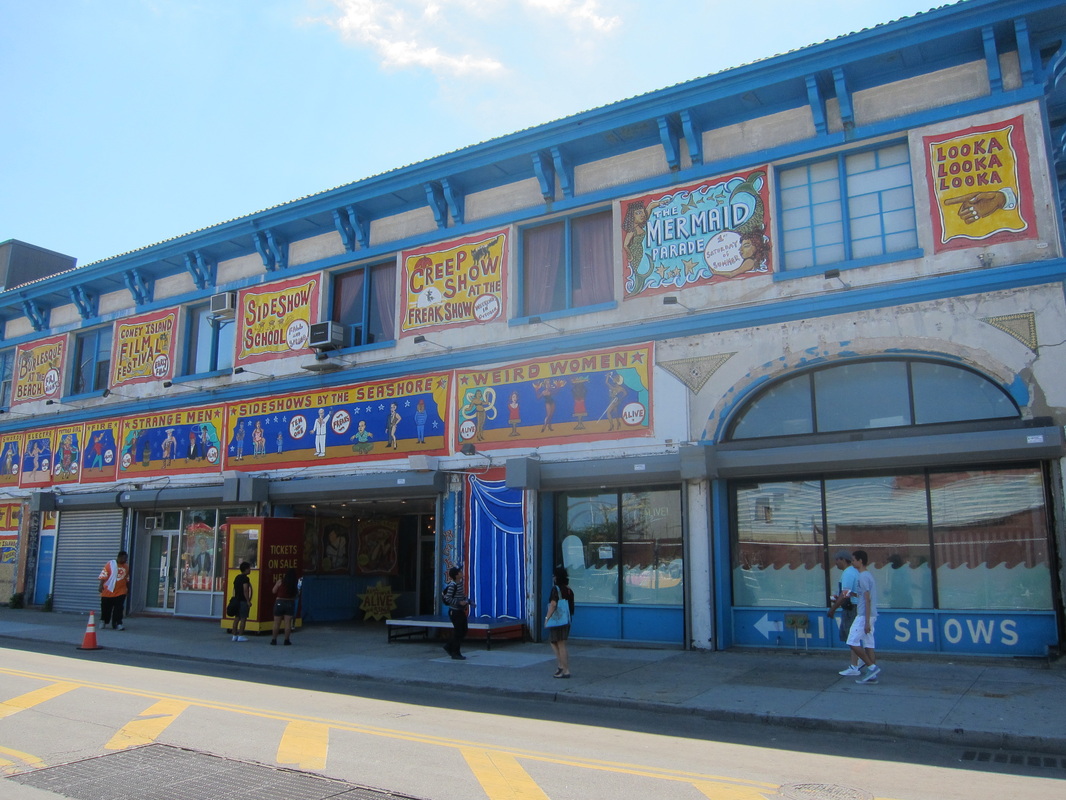
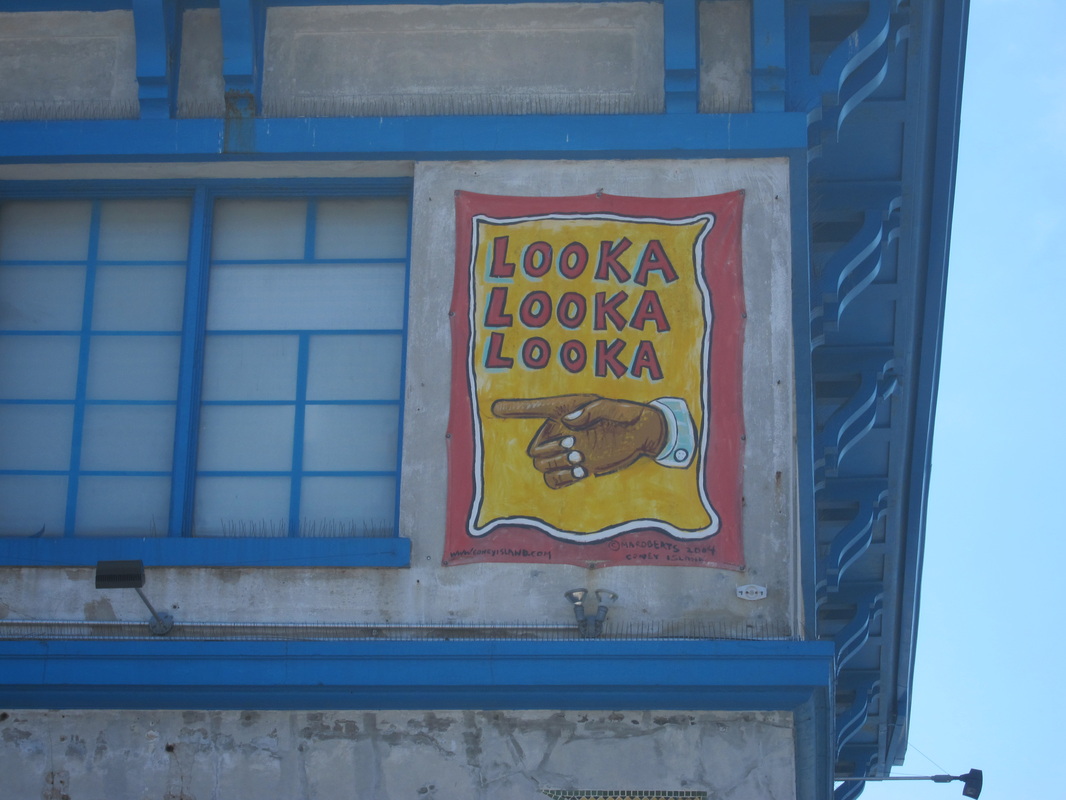

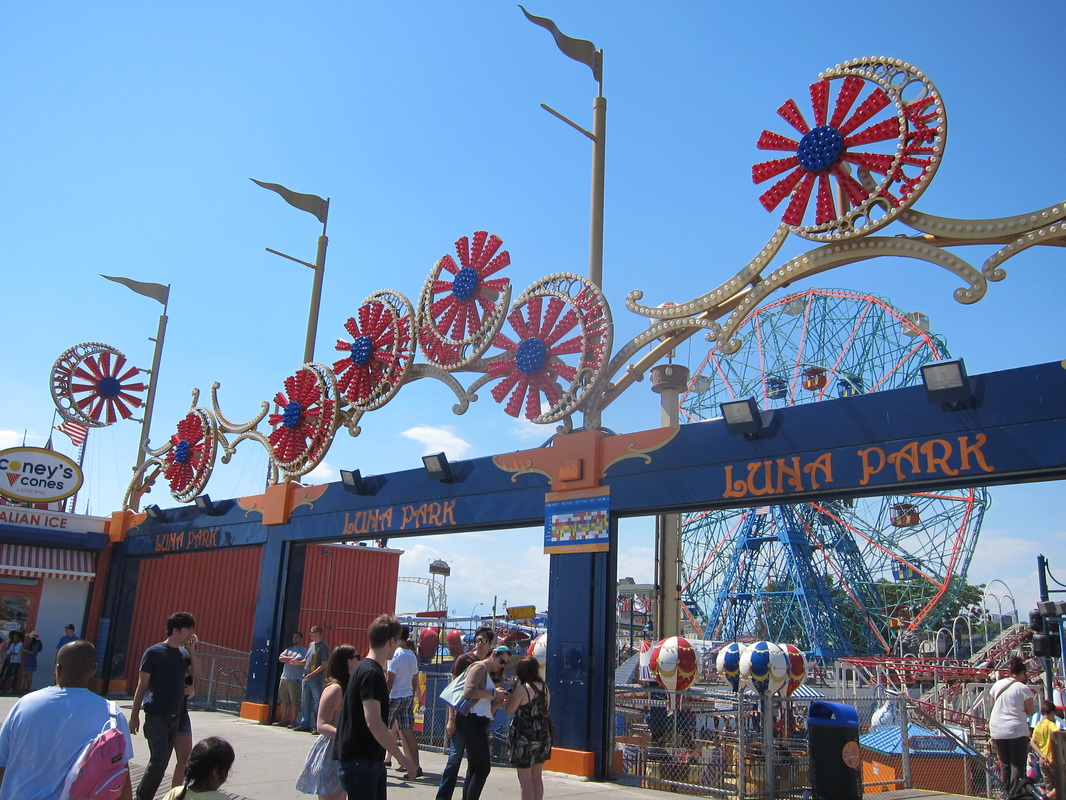
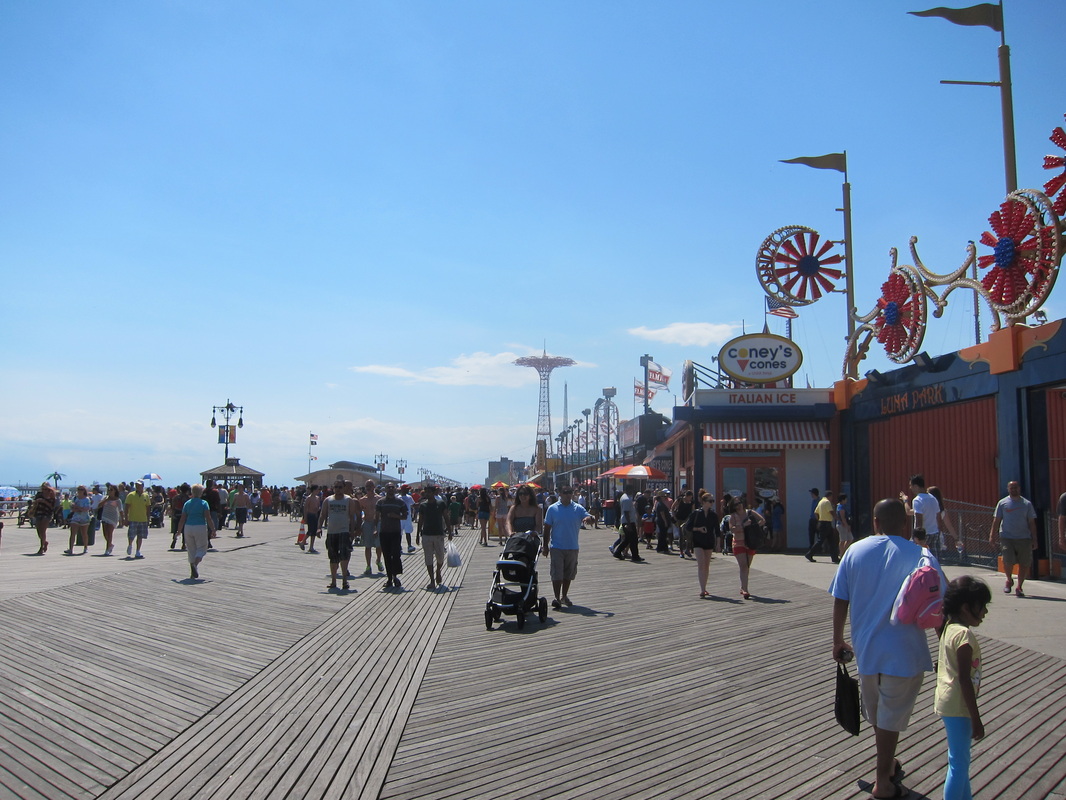
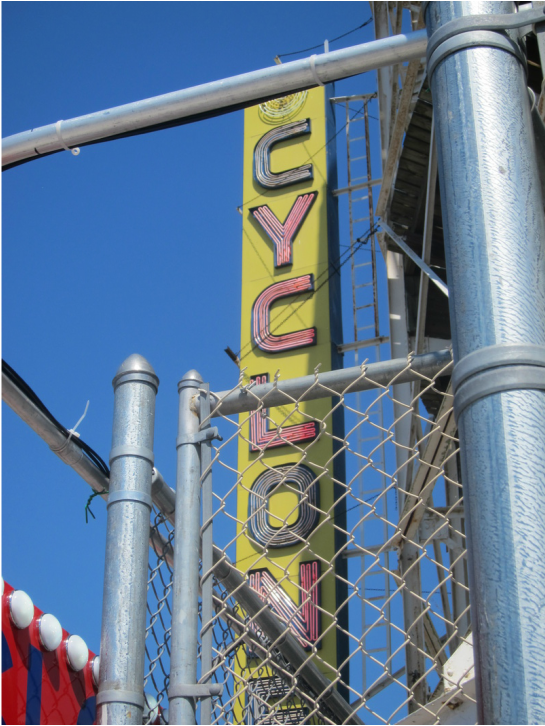
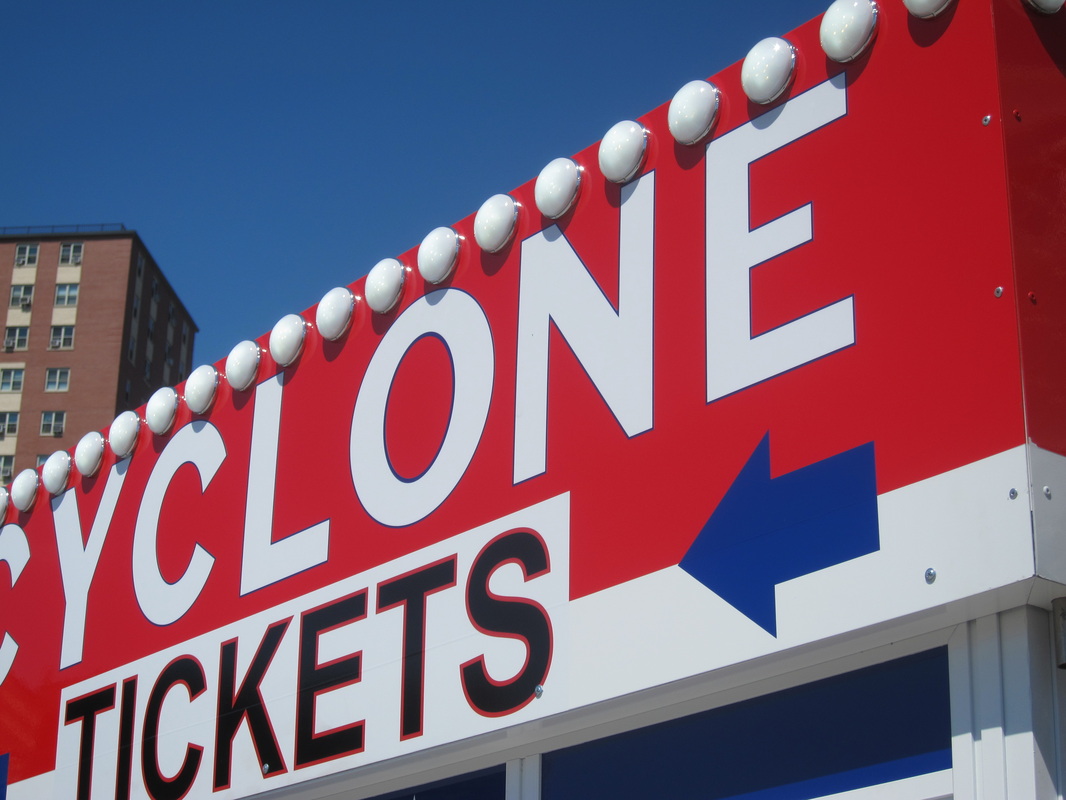
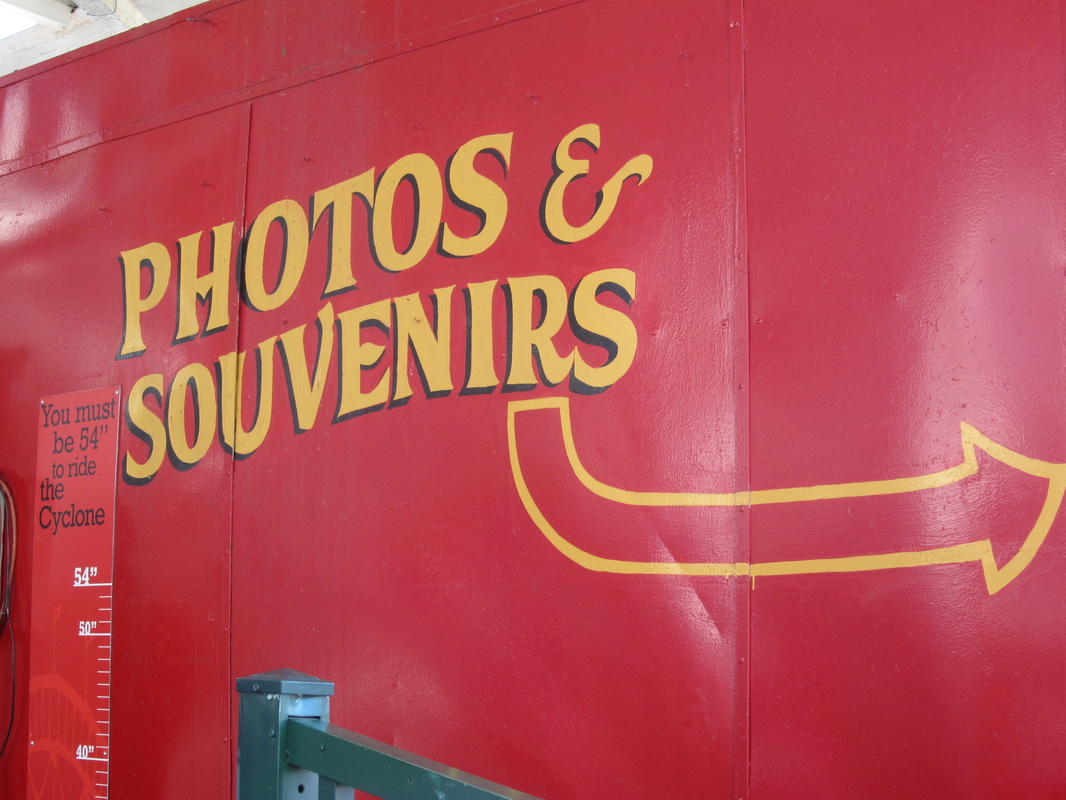

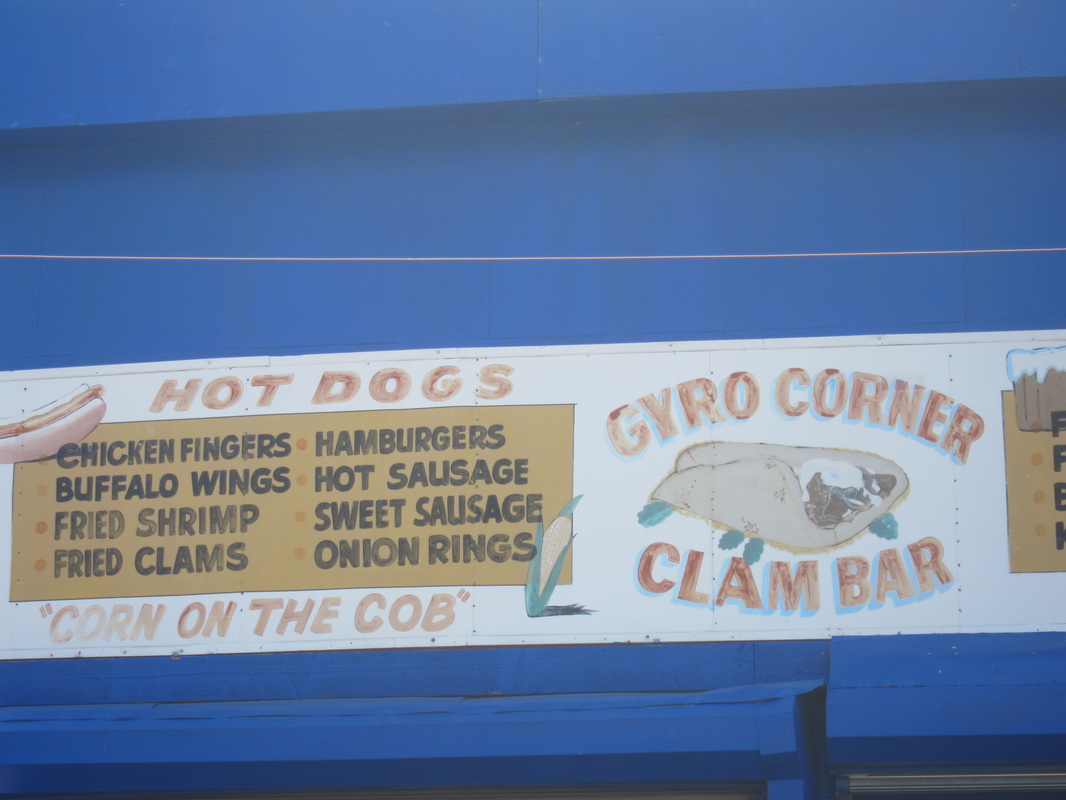
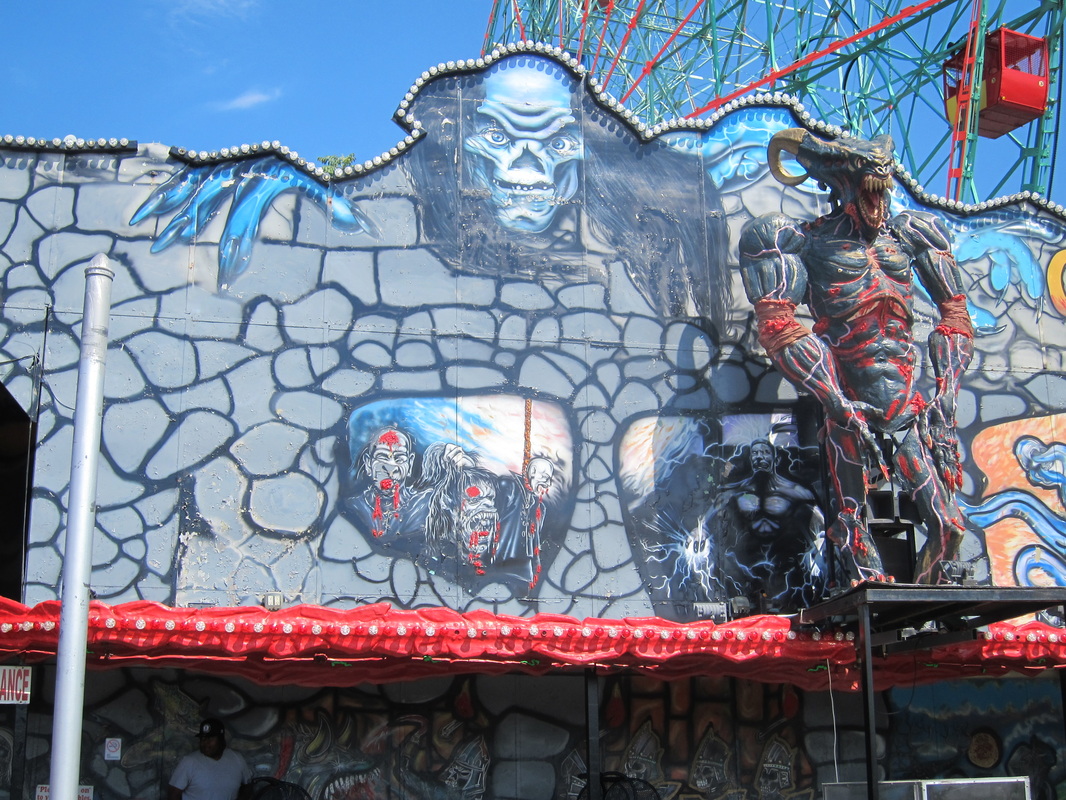
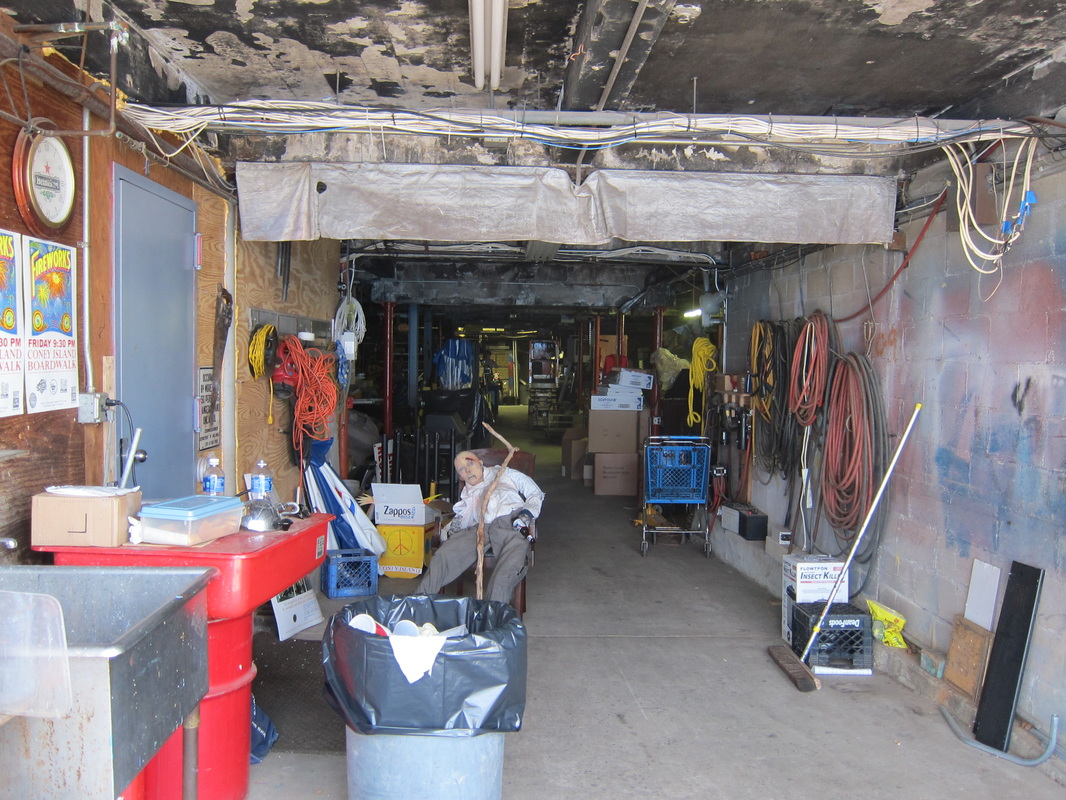
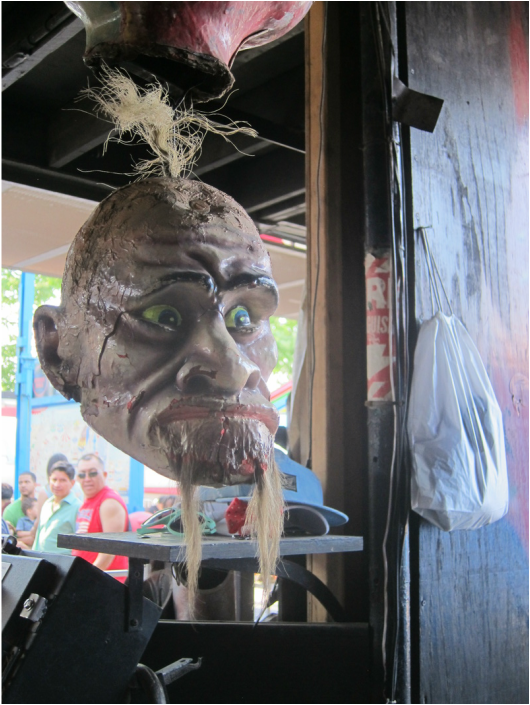
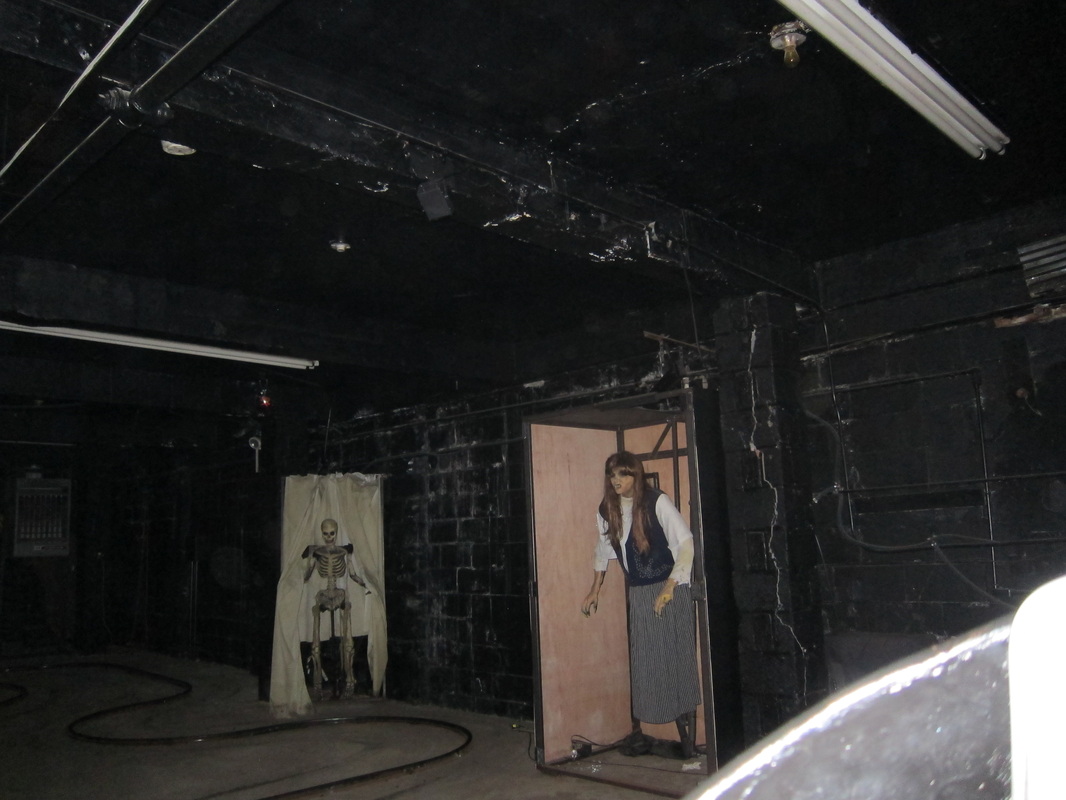
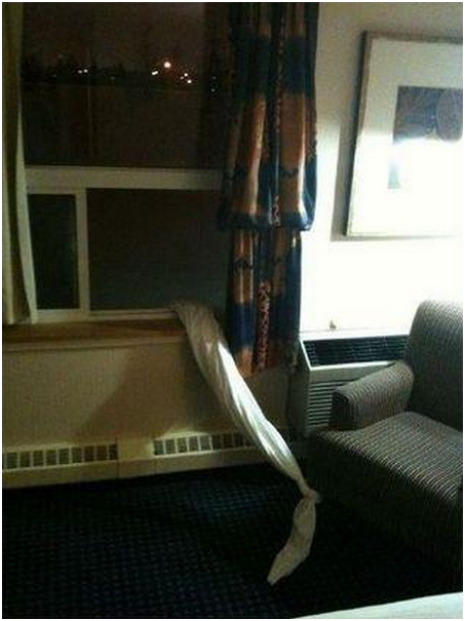
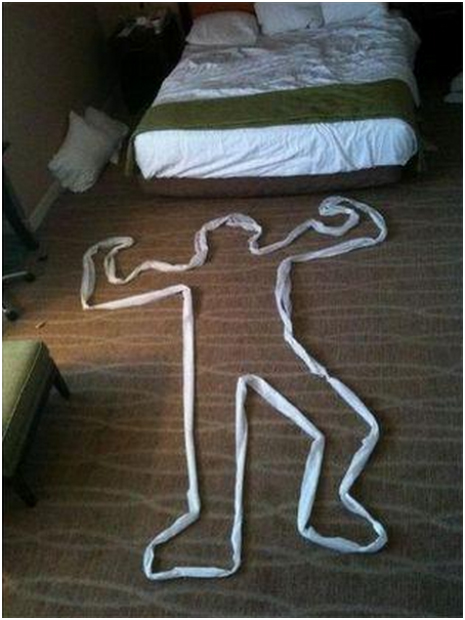

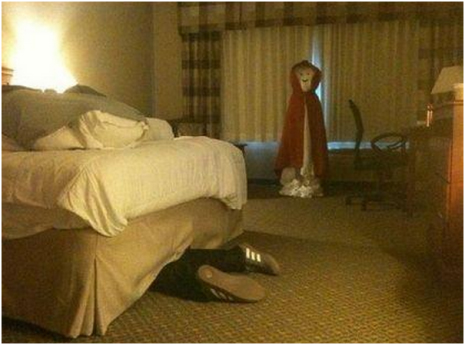
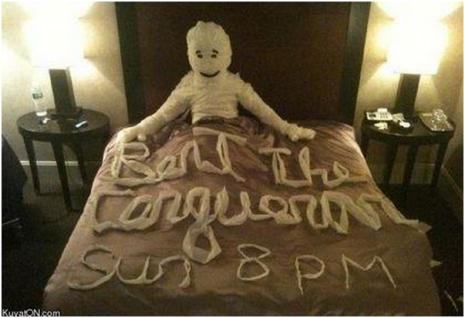
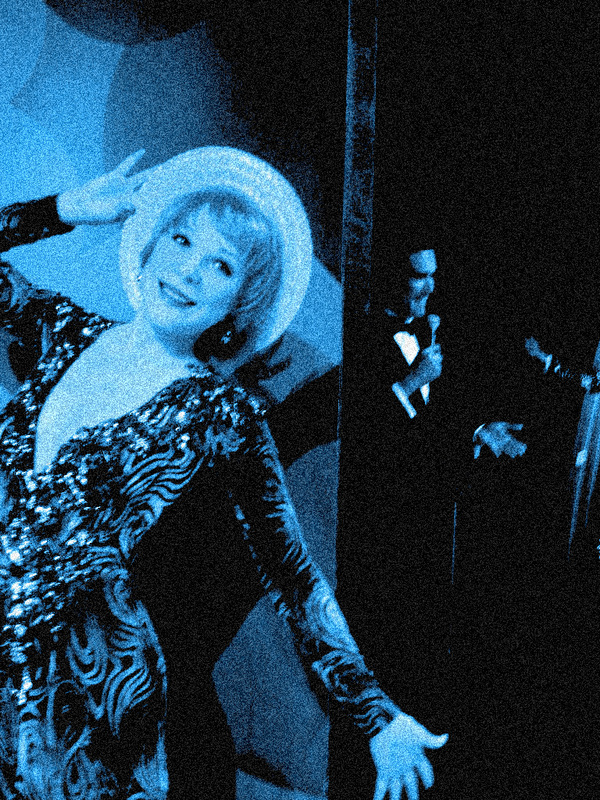
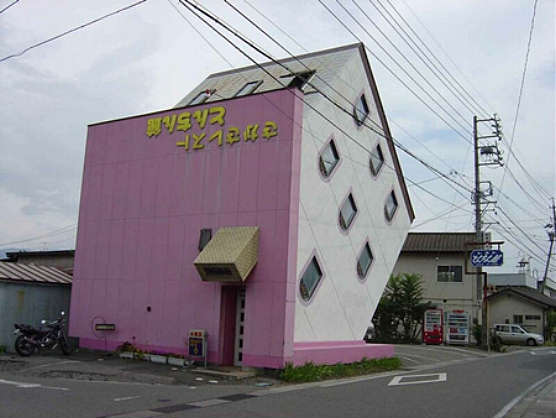
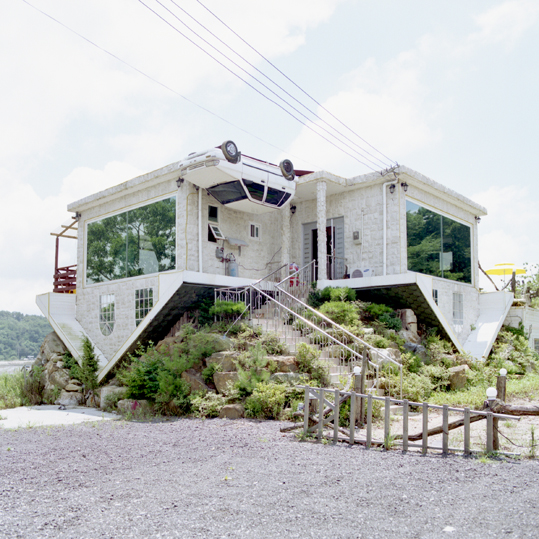
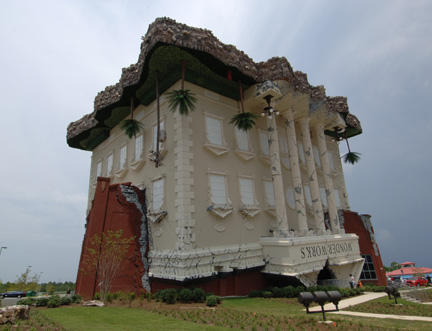
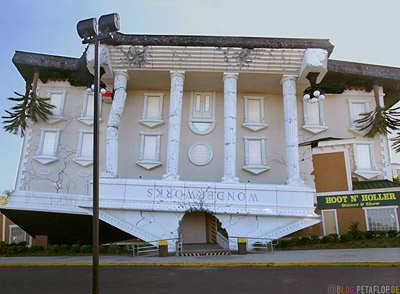
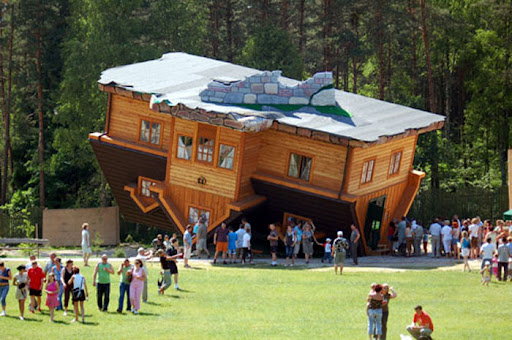
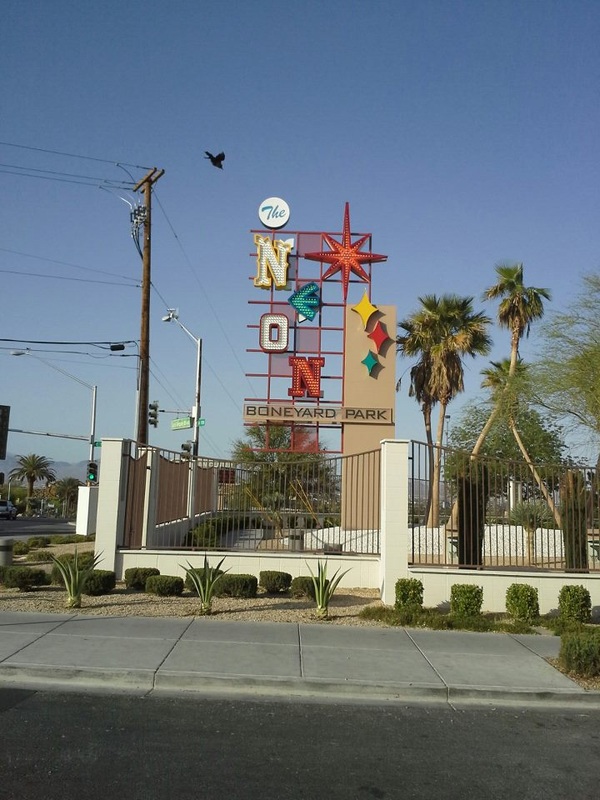
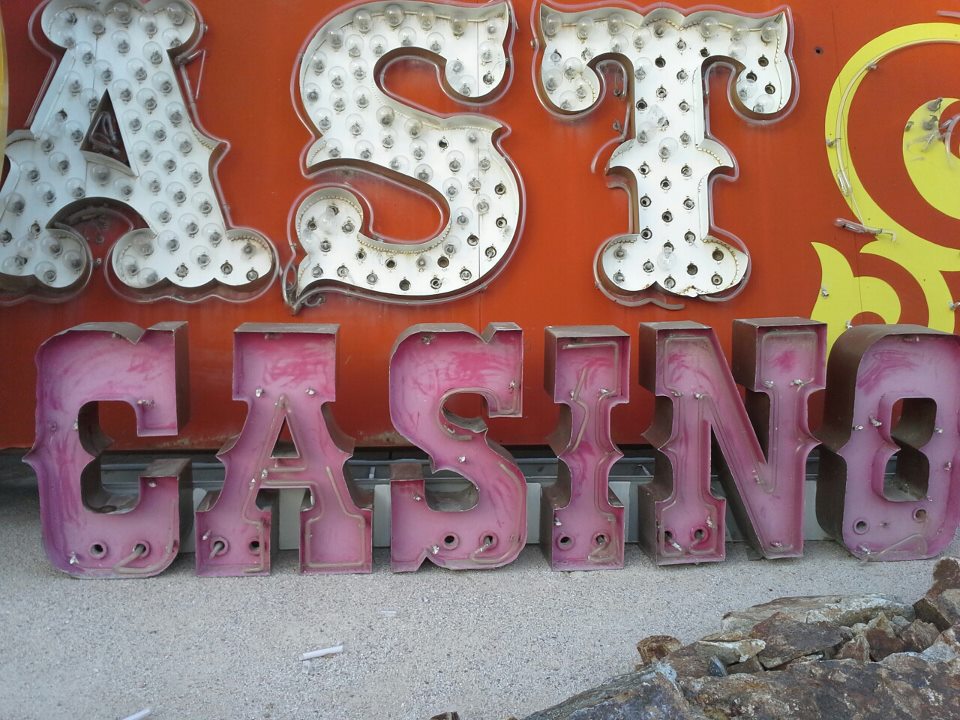
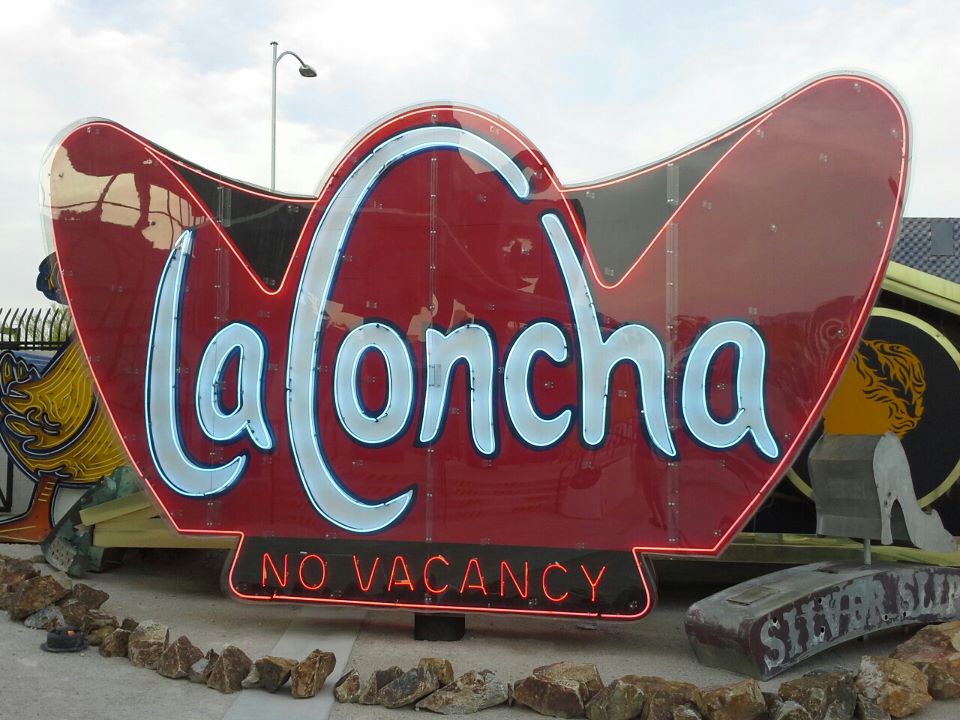
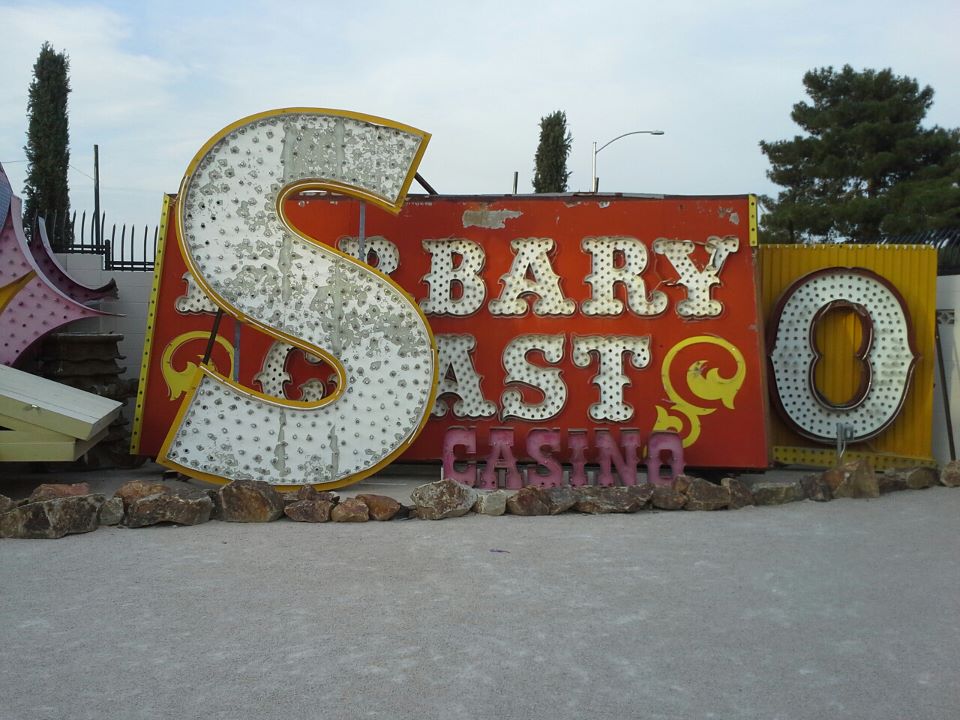
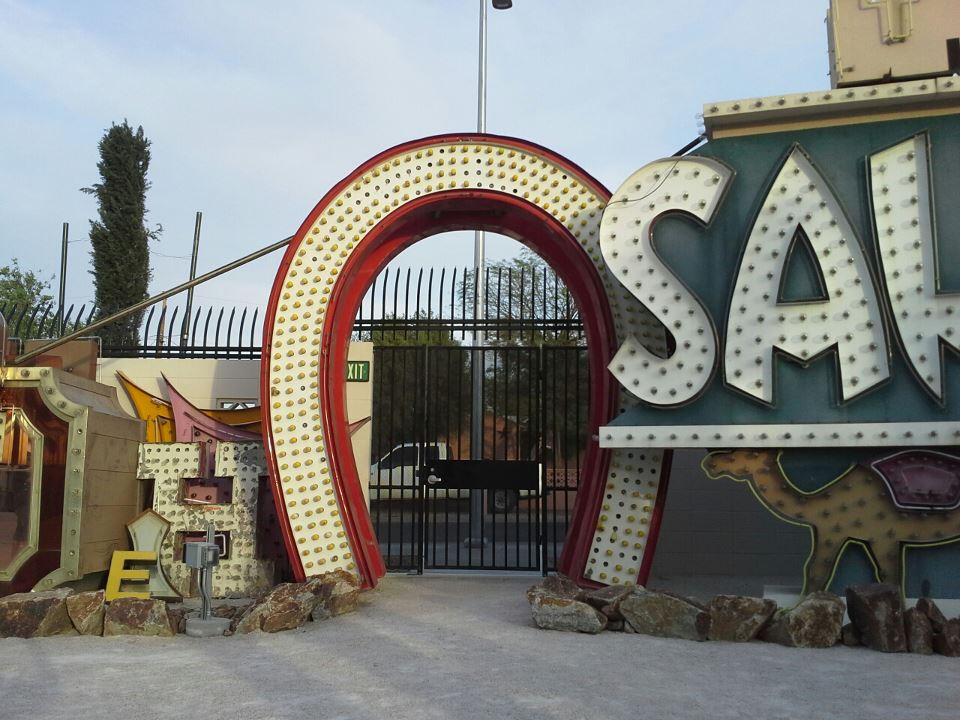
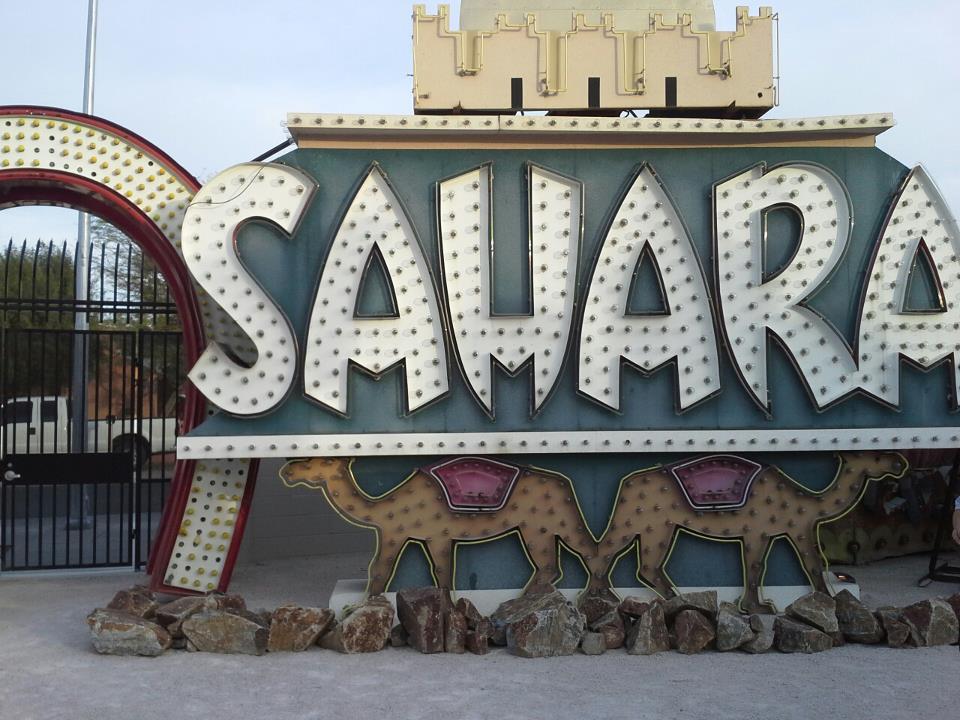

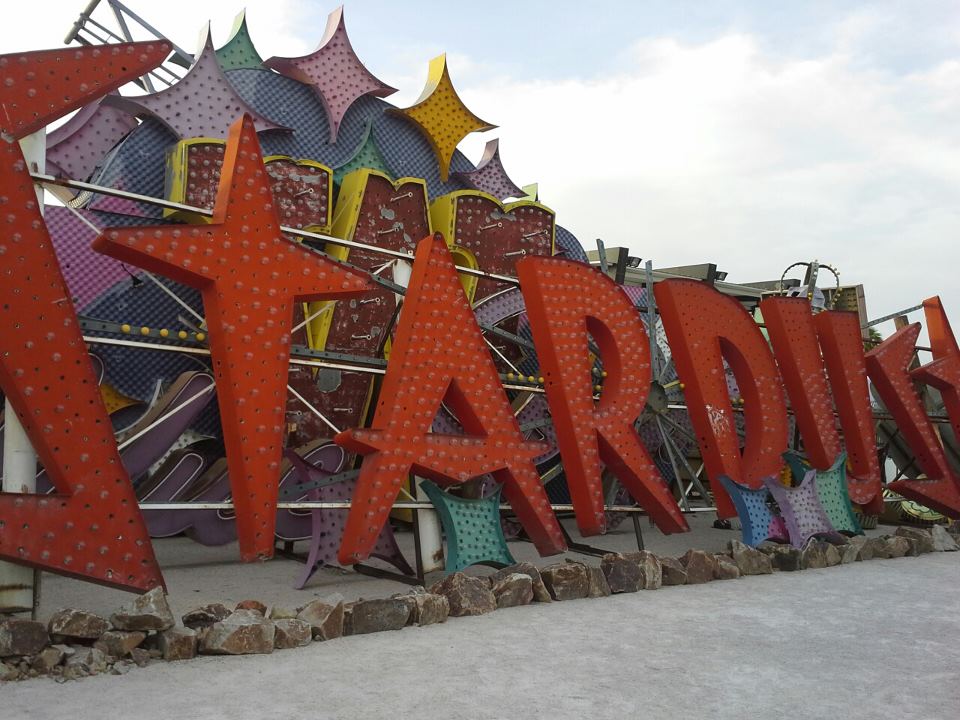
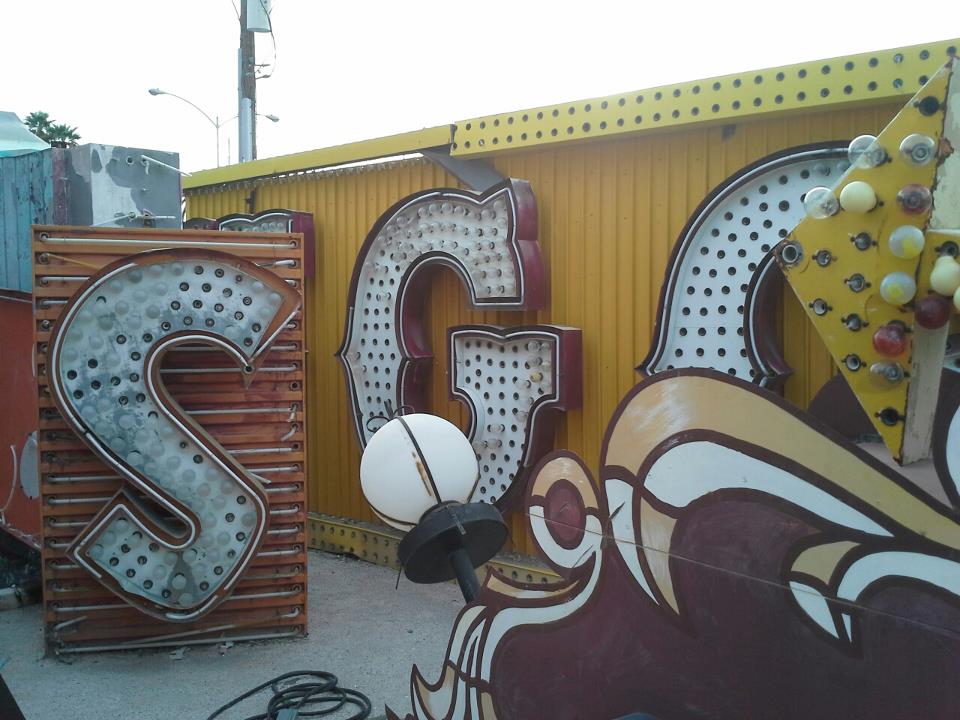
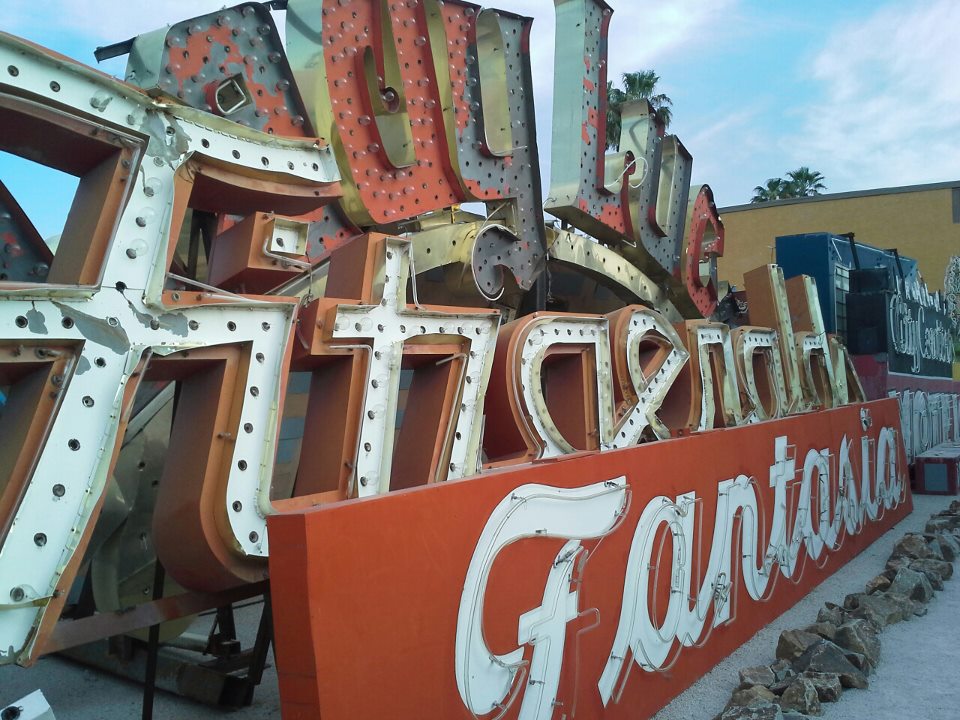
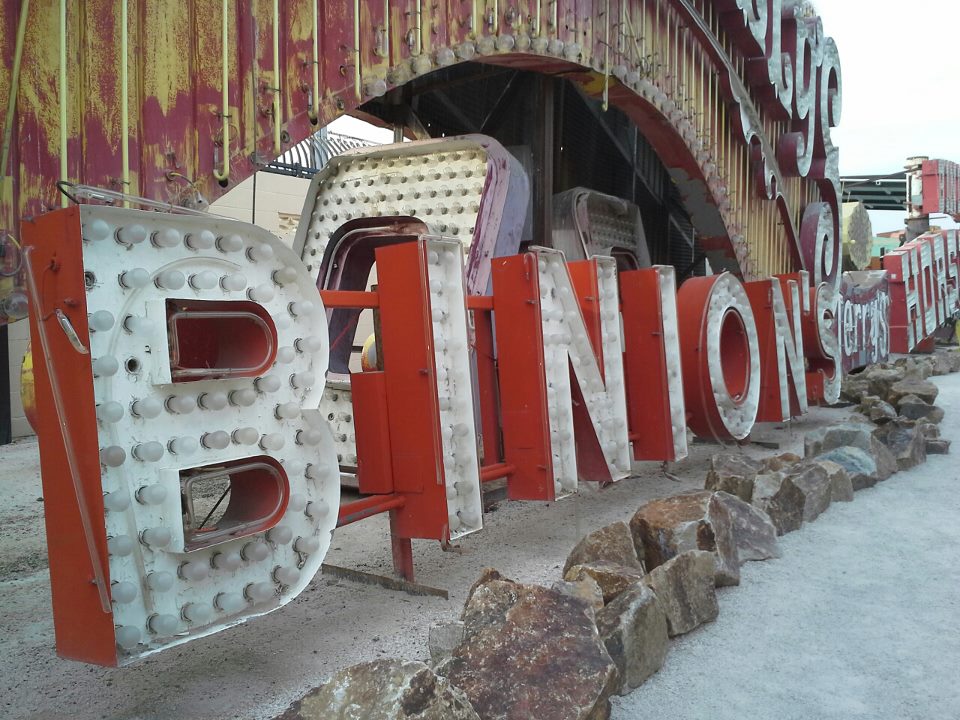
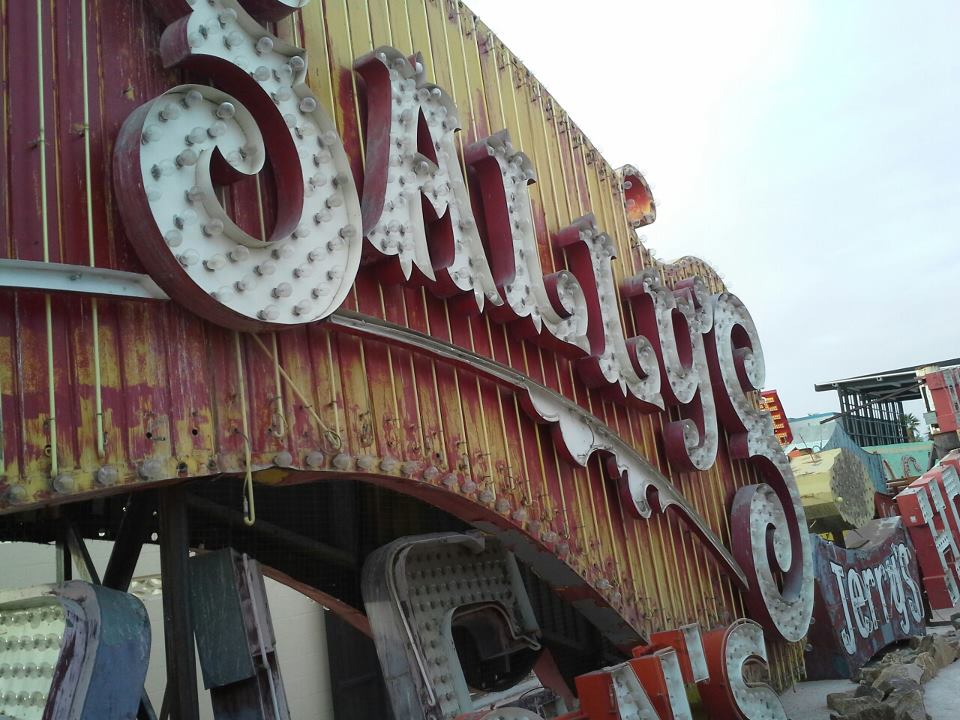
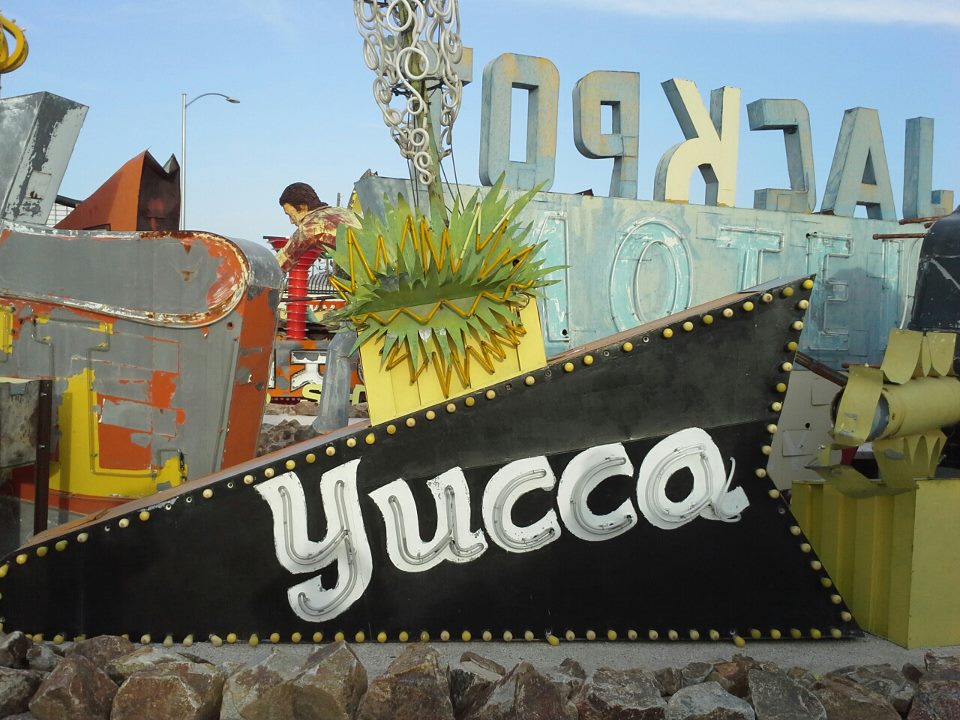
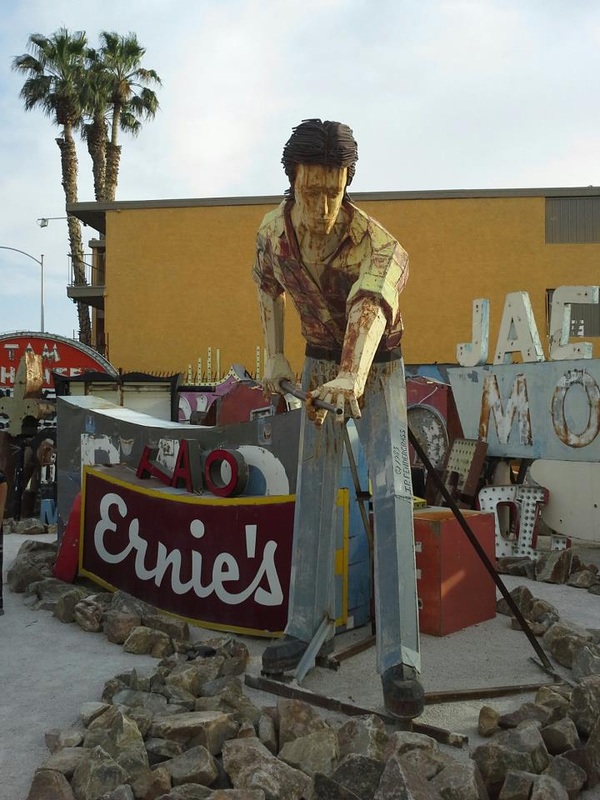
 RSS Feed
RSS Feed

